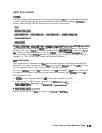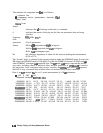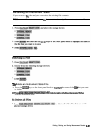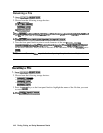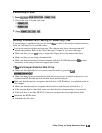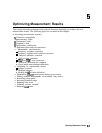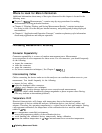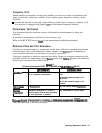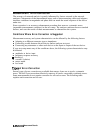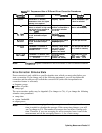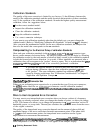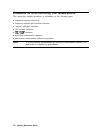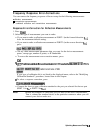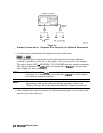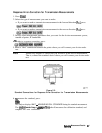
Measurement Error-Correction
The accuracy of network analysis is greatly influenced by factors external to the network
analyzer. Components of the measurement setup, such as interconnecting cables and adapters,
introduce variations in magnitude and phase that can mask the actual response of the device
under test.
Error-correction is an accuracy enhancement procedure that removes systematic errors
(repeatable measurement variations) in the test setup. The analyzer measures known standard
devices, and uses the results of these measurements to characterize the system.
Conditions Where Error-Correction is Suggested
Measurement accuracy and system characteristics can be affected by the following factors:
n Adapting to a different connector type or impedance.
n Connecting a cable between the test device and an analyzer test port.
n Connecting any attenuator or other such device on the input or output of the test device.
If your test setup meets any of the conditions above, the following system characteristics may
be affected:
n
amplitude at device input
n frequency response accuracy
m
directivity
n
crosstalk (isolation)
n
source match
n
load match
Types
of Error-Correction
Several types of error correction are available that remove from one to twelve systematic
errors. The full Z-port correction effectively removes all twelve correctable systematic errors.
Some measurements do not require correction for all twelve errors The following table
explains each correction and its uses.
64
Optimizing
Measurement Results



